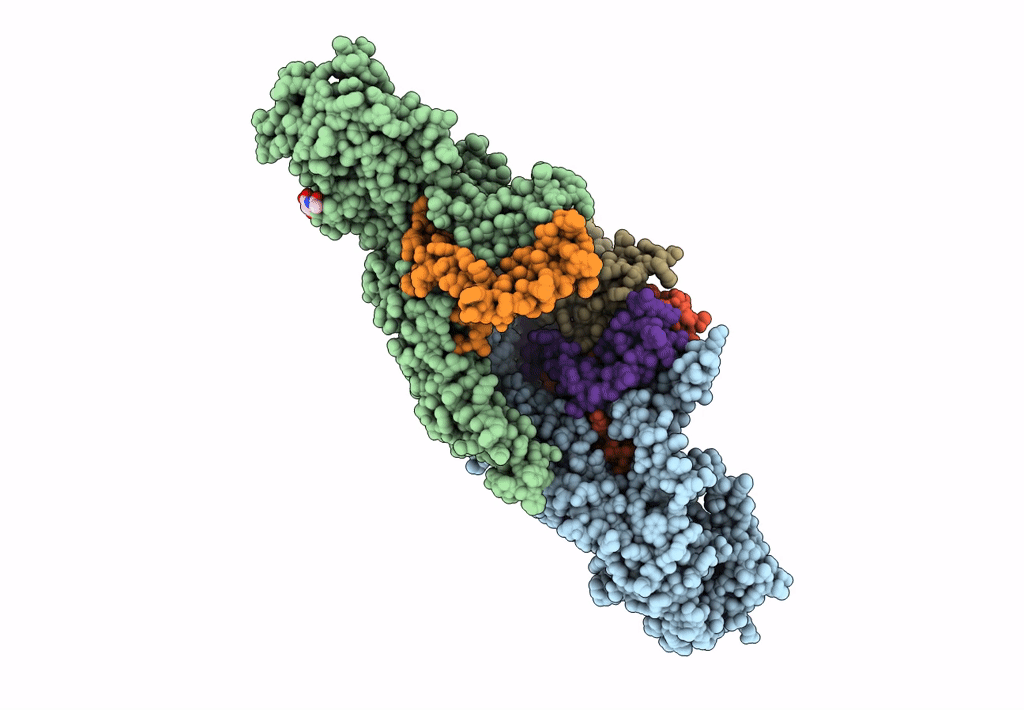
Deposition Date
2016-03-25
Release Date
2016-05-25
Last Version Date
2024-10-23
Entry Detail
PDB ID:
5IZ7
Keywords:
Title:
Cryo-EM structure of thermally stable Zika virus strain H/PF/2013
Biological Source:
Source Organism:
Zika virus (Taxon ID: 64320)
Method Details:
Experimental Method:
Resolution:
3.70 Å
Aggregation State:
PARTICLE
Reconstruction Method:
SINGLE PARTICLE


